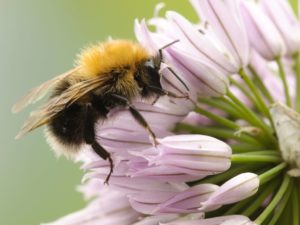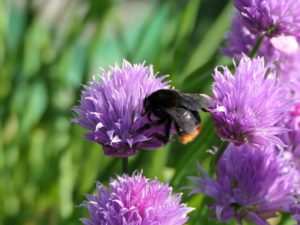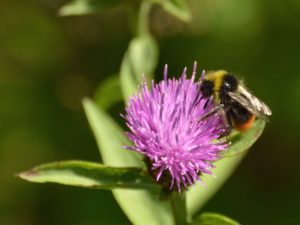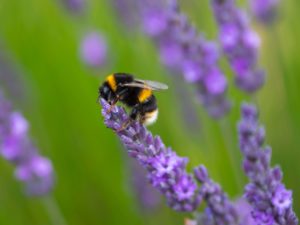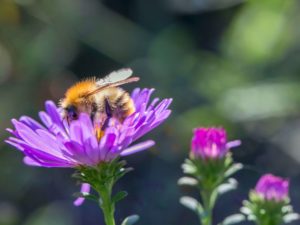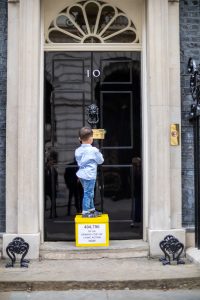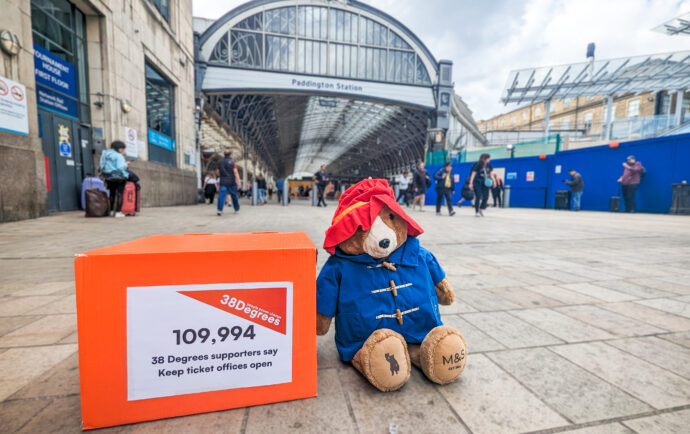

Feb 25th, 2021
How to identify the most common UK bumblebee species
By 38 Degrees team
The UK is home to more than 270 different species of bees, including bumblebees, honeybees and solitary bees – and all of them play an important role in pollinating our plants!
Some of our favourite bees are the 24 species of bumblebee which can be found across the UK. We love seeing our fuzzy little friends buzz around the flowers in our gardens and parks each spring.
If you want to identify a bumblebee, you first have to make sure you are definitely looking at a bumblebee. This might sound obvious, but there are lots of insects that can easily be mistaken for bumblebees so it’s an important step! Bumblebees are large, round in shape, and are covered in hair. They also have relatively small eyes – so if the eyes are taking up most of the head then you’re probably looking at a fly!
But once you’re sure that you’re looking at a bumblebee – here are some tips on how to identify the four most common UK bumblebee species:
Tree bumblebee (Bombus hypnorum)

You can usually spot tree bumblebees from March-July. They nest above ground, preferring trees, but also using bird boxes and buildings. They are easily identifiable because of their ginger thorax, black abdomen and white tail. Some of their favourite flowers include rhododendrons and comfrey. Why not check out the Woodland Trust’s website, for more information about tree bumblebees?
Red-tailed bumblebee


As the name suggests, you can spot a red-tailed bumblebee by it’s bright red or red-orange tail! Female red-tailed bumblebees are completely black, but males have a yellow head, collar, and midriff-band. They thrive in woodland, urban sites, gardens and grasslands – and love thistles and buddleia. You can usually spot red-tailed bumblebees in April-November.
White-tailed bumblebee

Yep, you guessed it: white-tailed bumblebees have a bright white tail! They also have a bright yellow collar, and a yellow abdomen band. White-tailed bumblebees can be found almost anywhere, feeding on flowers ranging from thistles and buddleia to brambles and scabious. They can mostly be found between March and November, but sometimes they can be spotted year round in the south!
Common carder bee

These beautiful little bees are the only UK species that are completely brown, with no white tail. They are very common and are found everywhere from arable land to urban gardens. Common carder bees come in all different shades: from ginger to sandy brown. They can be found in March-November, and love gorse, dandelions, bluebells and foxgloves.
Want to learn how to identify even more common bumblebee species? Check out this video, from the Bumblebee Conservation Trust for more tips:
We also love this Bee Identification Guide from Friends of the Earth – which covers honeybees and solitary bees as well as bumblebees!


